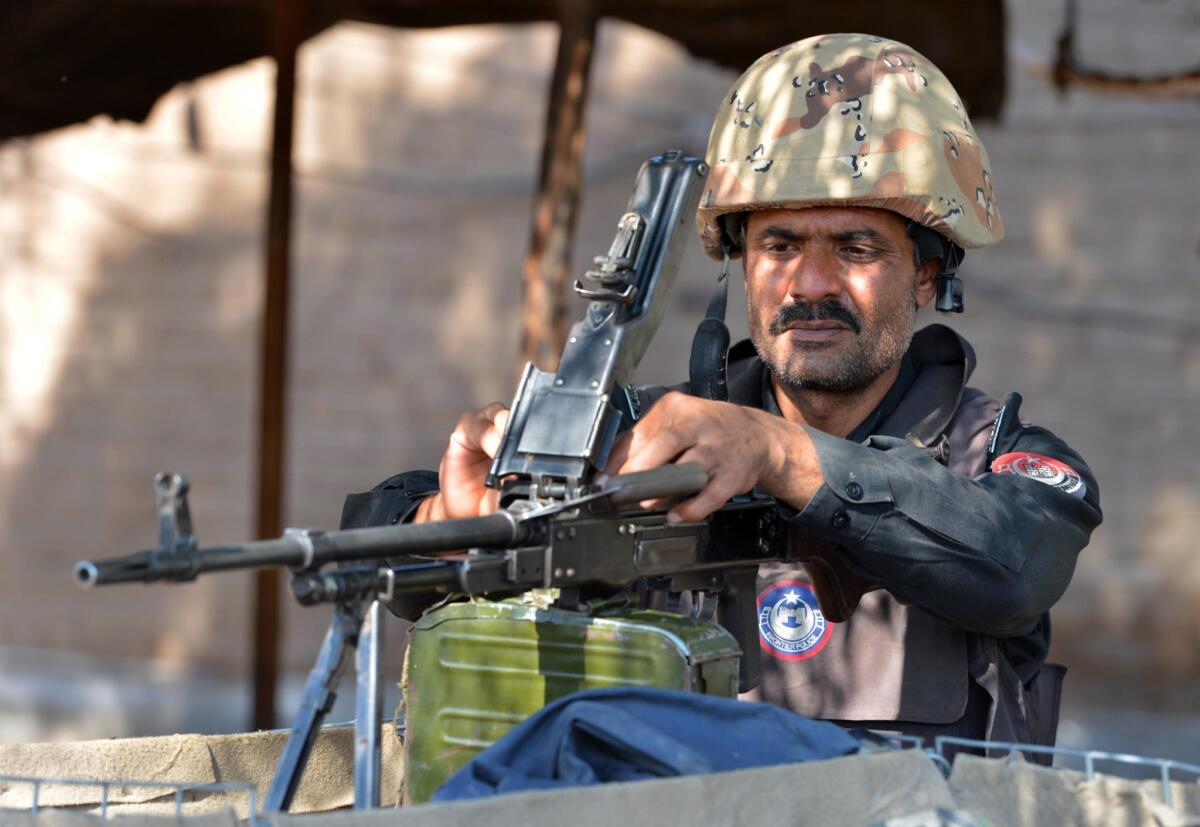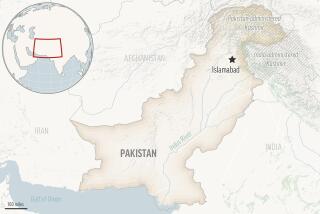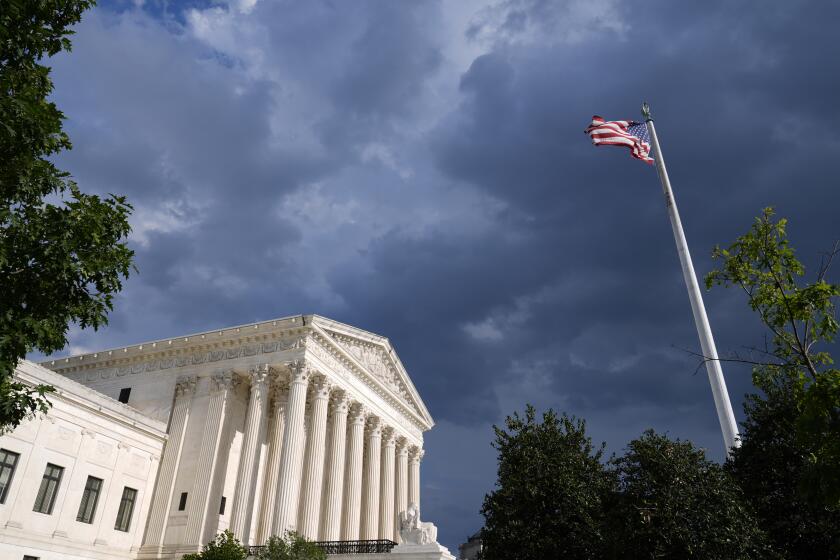Pakistani forces’ attack on militants keeps up into the evening

- Share via
Reporting from Peshawar, Pakistan — Pakistani armed forces attacked militants by air and land Wednesday, killing dozens in the North Waziristan tribal area in the deadliest military operation in months.
Pakistani army officials said jets and helicopter gunships struck militant hide-outs before dawn and clashes occurred later between army personnel and militants near Mir Ali, east of the administrative capital of North Waziristan. At least 60 people were killed and 30 wounded, officials said, citing intelligence reports.
Residents reached by phone said that shelling by Pakistani security forces continued into the evening and that drones were flying low over the area. A resident of the tribal region’s administrative headquarters, Miram Shah, said that many civilians had fled their homes.
The military operation came as the government in Islamabad, the Pakistani capital, has been trying unsuccessfully to restart peace talks with Pakistani militants based in North Waziristan and neighboring tribal regions.
Security officials said warplanes targeted safe houses and at least one seminary used by militants in several villages in Mir Ali. One official said that the targets included a hide-out run by the East Turkestan Islamic Movement, a Uighur Muslim separatist group from northwest China’s Xinjiang province.
The Chinese government blamed the group – which the U.S. government lists as a terrorist organization – for an apparent suicide car crash in Beijing’s Tiananmen Square in October as well as an attack at a train station in the western city of Urumqi in late April that killed three people and injured dozens.
The Pakistani officials spoke on condition of anonymity because they weren’t authorized to discuss the operation. The official accounts could not be independently verified because the government bars foreign journalists from visiting the tribal areas.
A second official said that key commanders of the Pakistani Taliban, an umbrella group of local and Al Qaeda-affiliated militants seeking to overthrow the Islamabad government, also were among the dead.
Ahmadullah Ahmadi, a spokesman for militant commander Hafiz Gul Bahadur in North Waziristan, said by phone that civilians had been killed in the airstrikes. Those claims also could not be verified.
The airstrikes come as Pakistani Prime Minister Nawaz Sharif faces growing pressure from the army and some political parties to end his bid for peace talks with the militants and take decisive military action.
Pakistani army chief, Gen. Raheel Sharif, this week visited neighboring Afghanistan to meet with commanders of the Afghan army and the U.S.-led military coalition. Pakistani news reports said Sharif gave assurances that his forces would crack down on militants in the border areas before the second round of the Afghan presidential election, scheduled for June 14.
The Pakistani Taliban – known by its Urdu name, Tehreek-e-Taliban Pakistan, or TTP – called off a cease-fire April 17, after which attacks on civilians and security forces increased. Officials also said the group has split into northern and southern factions that are battling each other for territory.
The head of the Pakistani Taliban, Maulana Fazlullah, released a video message last week, reportedly from his hide-out in Afghanistan, asking suicide bombers to prepare themselves for attacks on Pakistani security forces.
Special correspondent Ali reported from Peshawar and Times staff writer Bengali from Mumbai, India.
More to Read
Sign up for Essential California
The most important California stories and recommendations in your inbox every morning.
You may occasionally receive promotional content from the Los Angeles Times.














